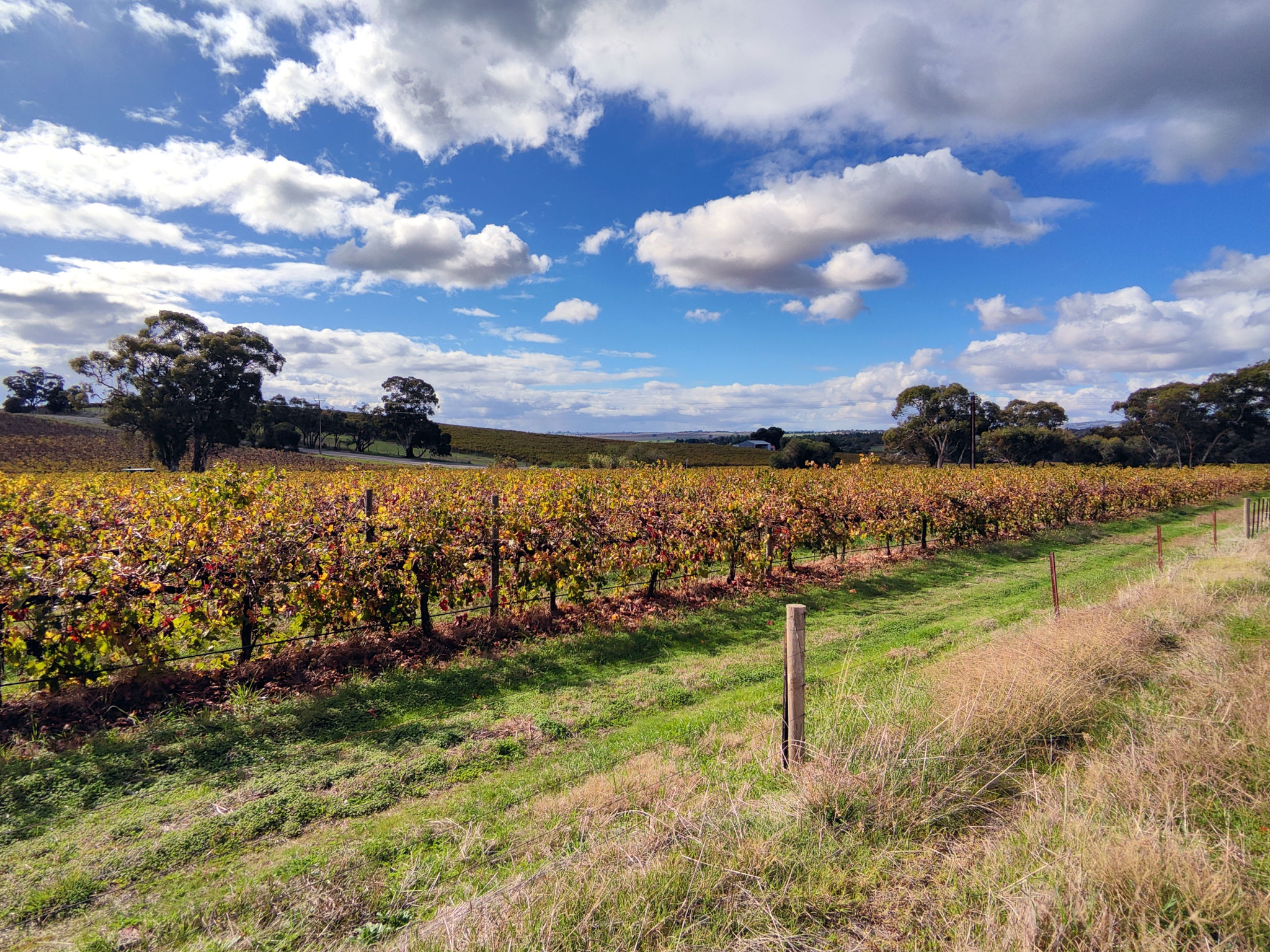Local Roofing Regulations: What Barossa Residents Need to Know
Understanding Local Roofing Regulations
When planning a roofing project in the Barossa Valley, it's essential to be aware of the local roofing regulations. These regulations are put in place to ensure the safety, durability, and aesthetic harmony of the structures in this picturesque region. As a homeowner or contractor, understanding these rules can help you avoid costly fines or project delays.

Building Permits and Approvals
Before you start any roofing work, check whether you need a building permit. In the Barossa Valley, most roofing projects require a permit from the local council. This includes new constructions, major repairs, and replacements. Failing to obtain the necessary permits can result in legal issues and potential fines.
To apply for a permit, you'll typically need to submit detailed plans and specifications of the work to be done. It's crucial to ensure these documents comply with the Building Code of Australia (BCA). Consulting with a professional roofer who is familiar with local requirements can be beneficial in this process.
Material and Design Standards
The choice of materials and design for roofing in the Barossa Valley is not just about aesthetics but also about meeting local regulations. The council often has specific guidelines on acceptable materials to ensure they blend with the area's architectural style and withstand local climatic conditions.

Commonly approved materials include Colorbond steel, terracotta tiles, and slate. These materials are preferred for their durability and visual appeal. It's important to confirm with your council which materials are permitted for your specific location.
Environmental Considerations
The Barossa Valley places a strong emphasis on environmental sustainability. When planning your roofing project, consider incorporating eco-friendly features such as solar panels or rainwater harvesting systems. Not only do these features align with regional sustainability goals, but they may also offer long-term cost savings.
Additionally, certain roofing projects may require an environmental impact assessment, especially if they could affect local flora and fauna. Being proactive in considering these factors can facilitate smoother project approval and execution.

Hiring Licensed Contractors
To ensure compliance with local regulations, always hire licensed and experienced roofing contractors. These professionals are familiar with the specific requirements of the Barossa Valley and can guide you through the regulatory process effectively.
Before hiring, verify their credentials and ask for references from past clients. A reputable contractor will not only adhere to local codes but also deliver quality workmanship, ensuring your roof stands the test of time.
Conclusion
Navigating local roofing regulations in the Barossa Valley might seem daunting, but with the right knowledge and professional assistance, it can be a smooth process. By understanding building permits, material standards, environmental considerations, and hiring practices, homeowners and contractors can ensure their projects are compliant and successful.
